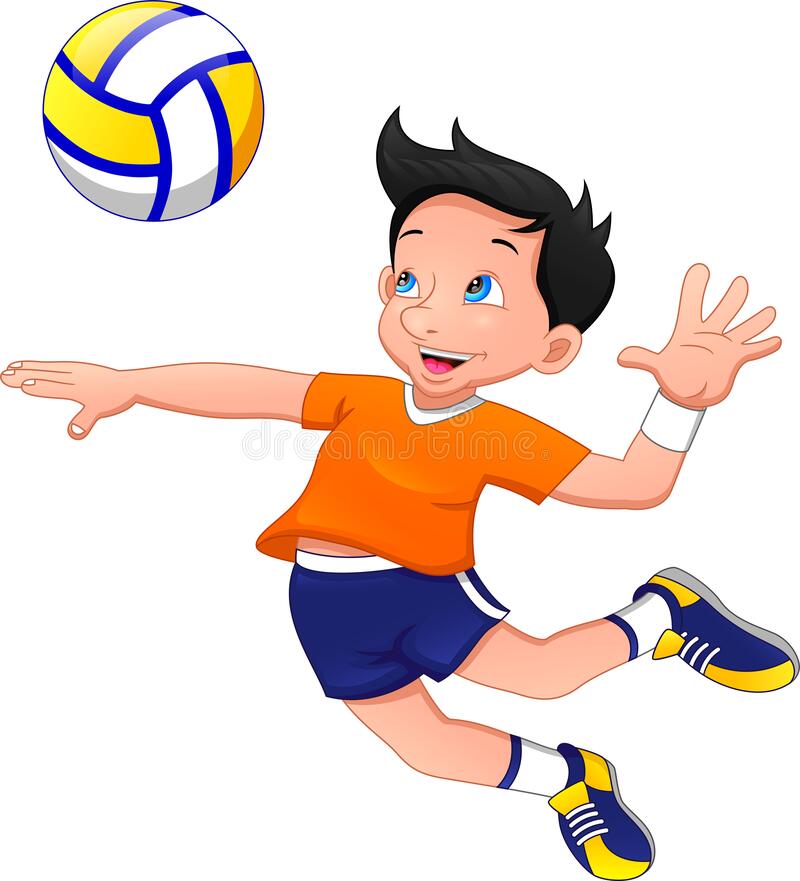Our Club registered with

for Kids Volleyball Training
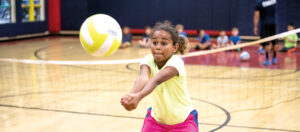
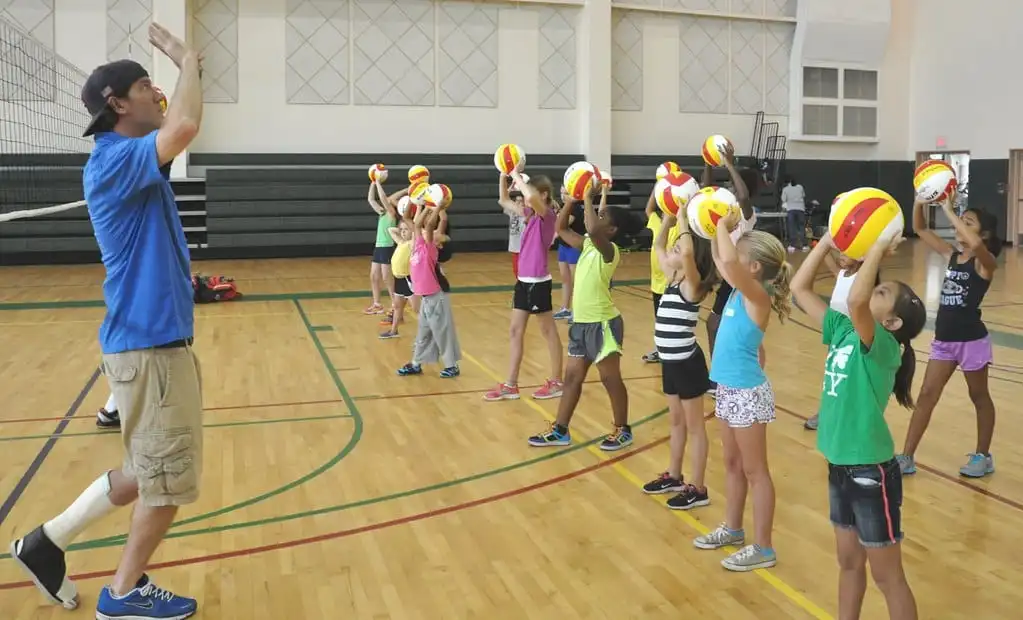

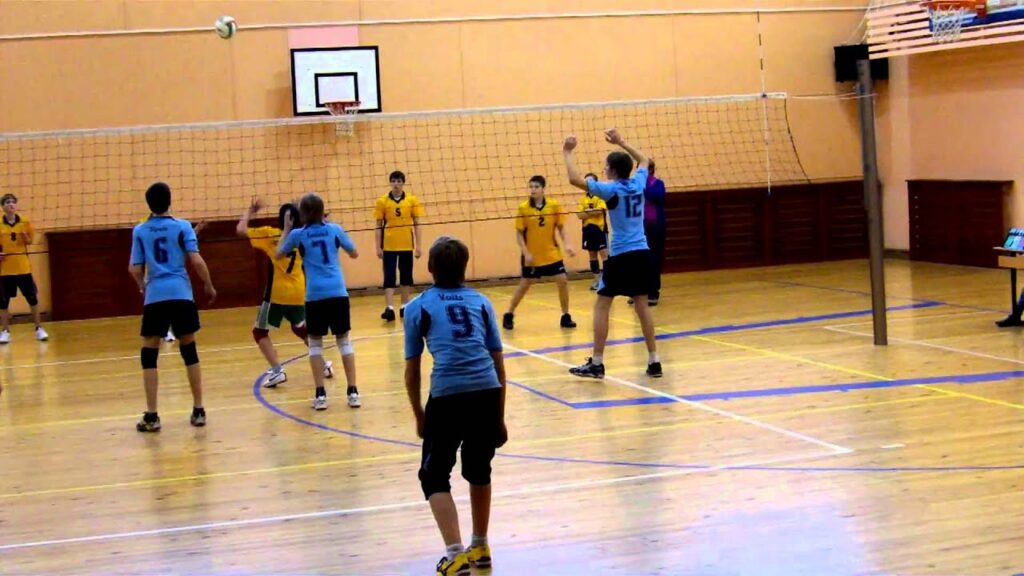


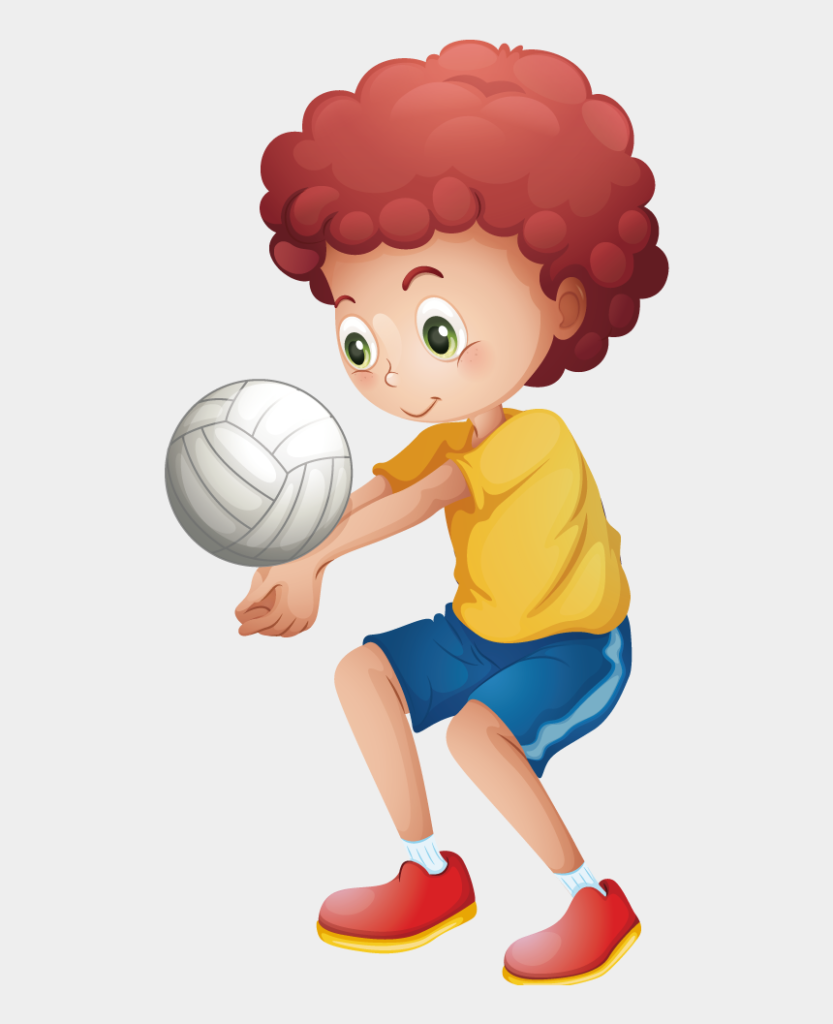
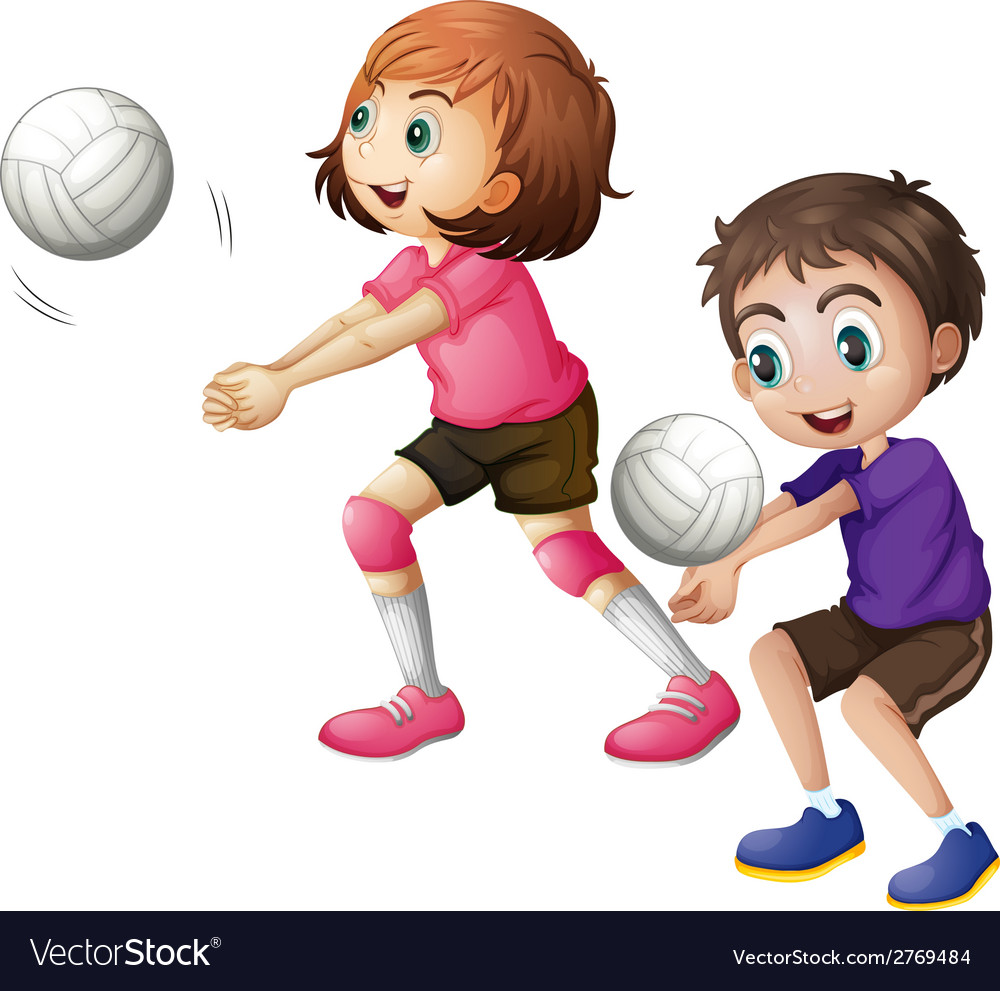
Volleyball Training for Beginners
The beginner volleyball training program is designed for aspiring volleyball students between 7 and 14 years old who are seeking to learn the proper volleyball techniques. The Volleyball beginner program focuses on teaching the fundamentals of the game, including:
• Proper volleyball stand
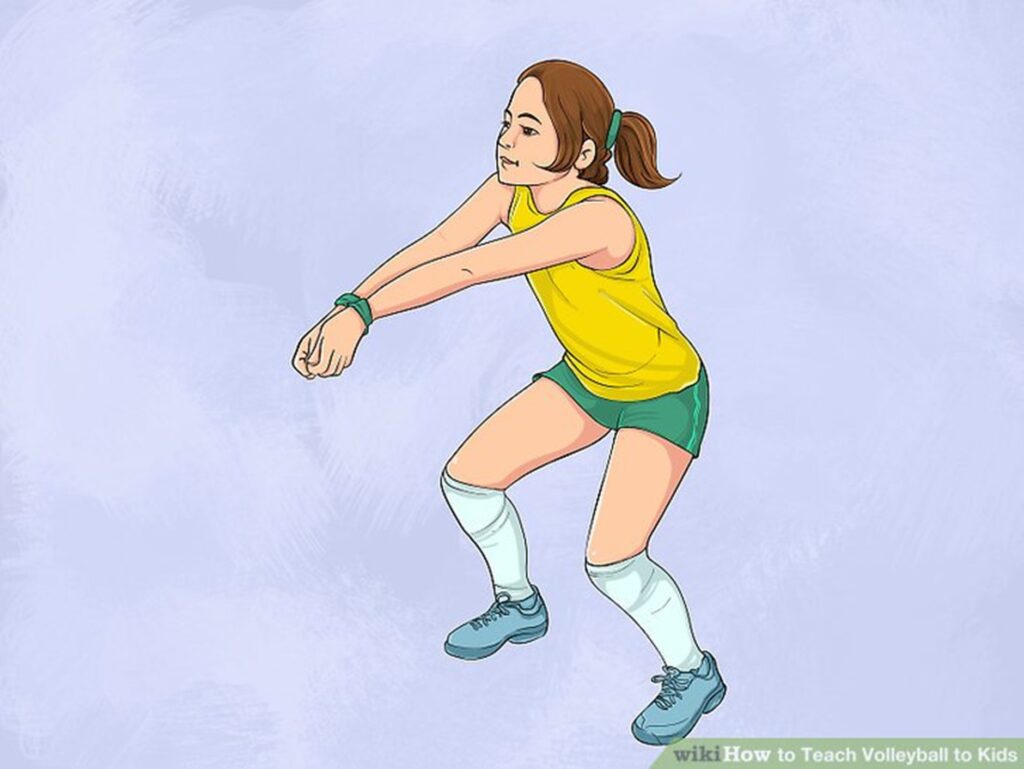
• Serve-receive

• Serving
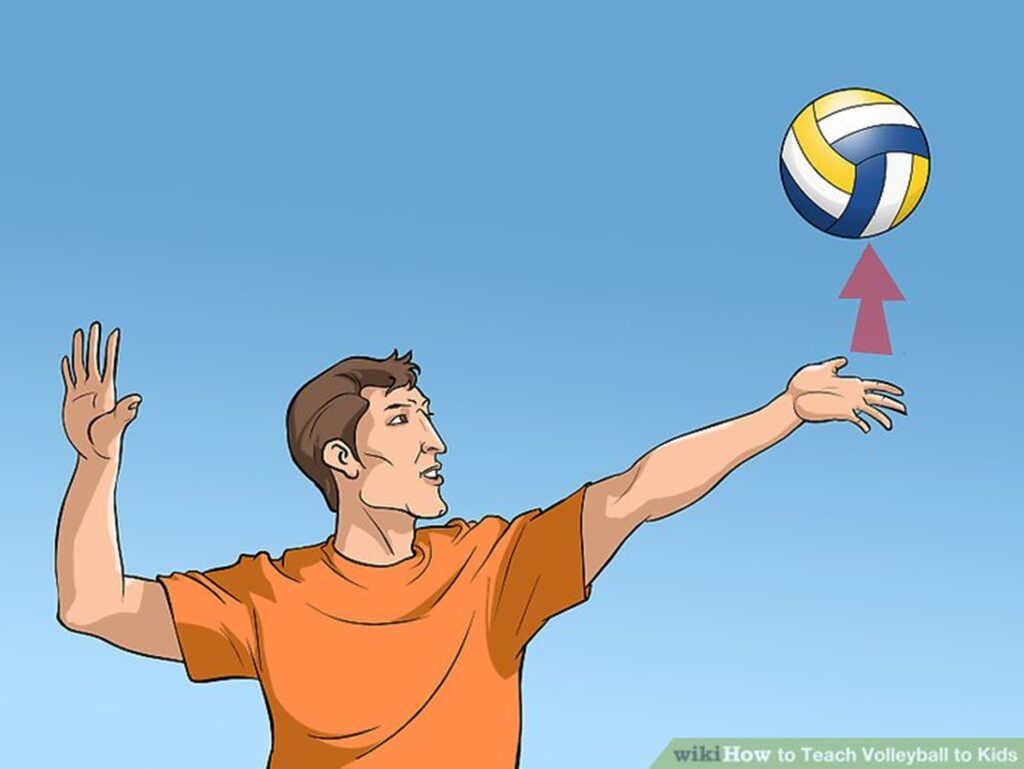
• Footwork coordination

• Timing
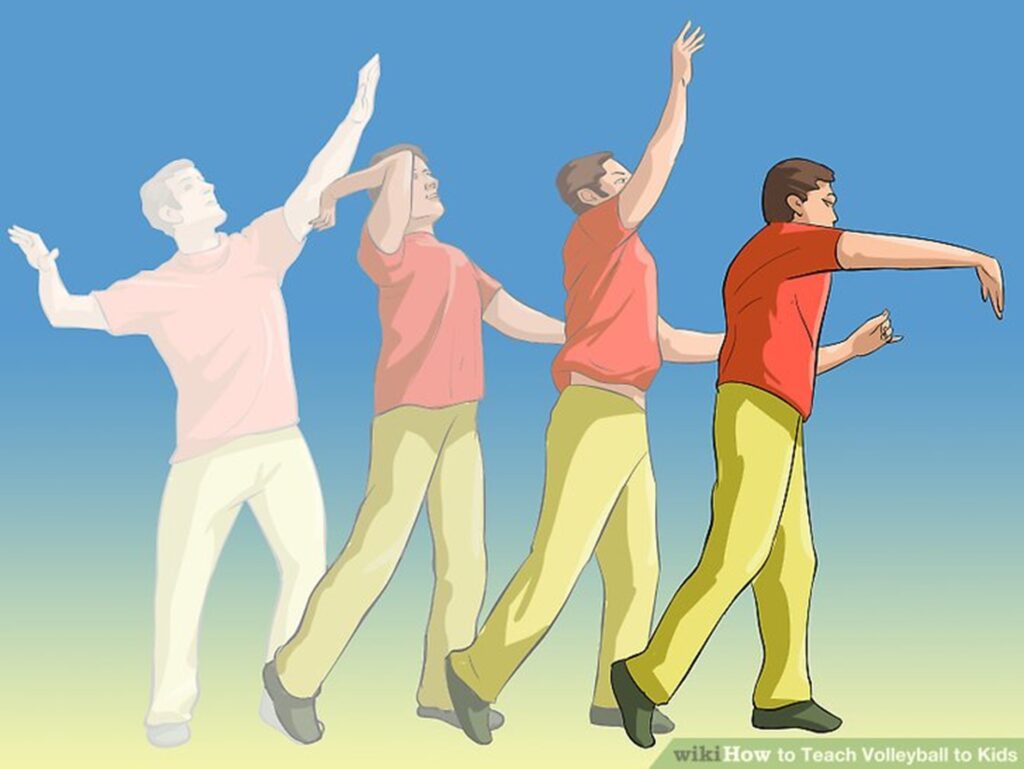
• The foundation for long-term development
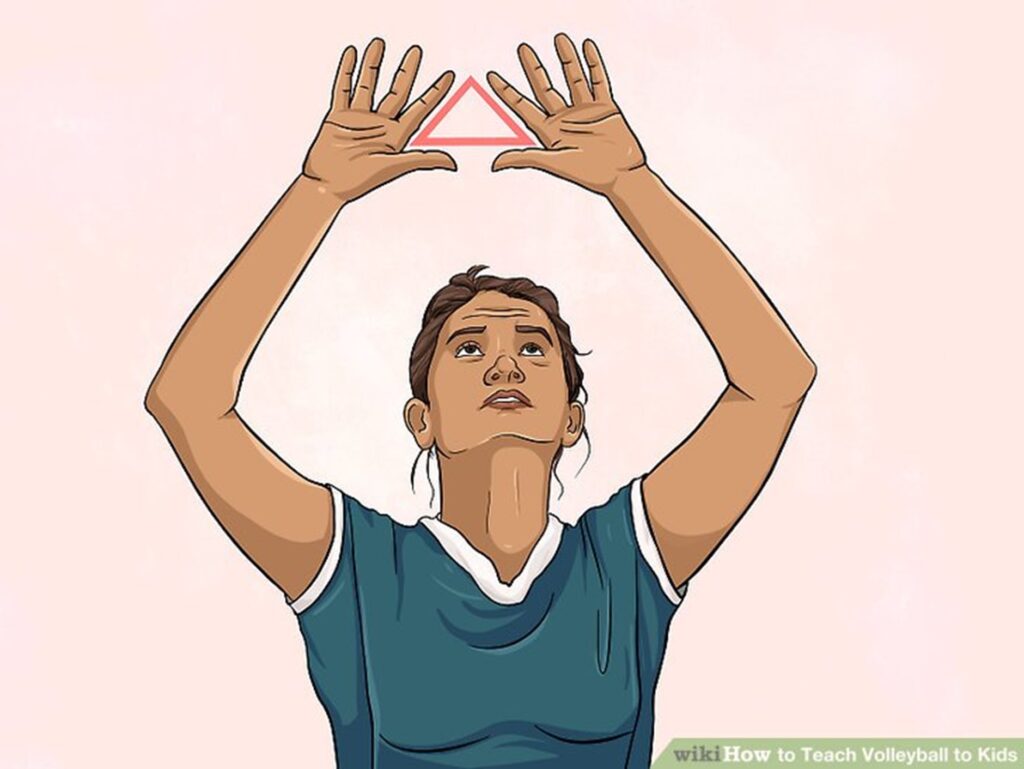
This program is ongoing and delivers the necessary foundation to start playing organized volleyball. Our professional volleyball coaches work in a small setting to ensure each student receives personalized attention for a more enjoyable learning experience.
At the end of the Level 1 program, students are moved to the BasicPLUS level, where they learn the rules, etiquette, and other tips for playing on a team.
Skill Level: Beginners with very little or minimum experience in volleyball.
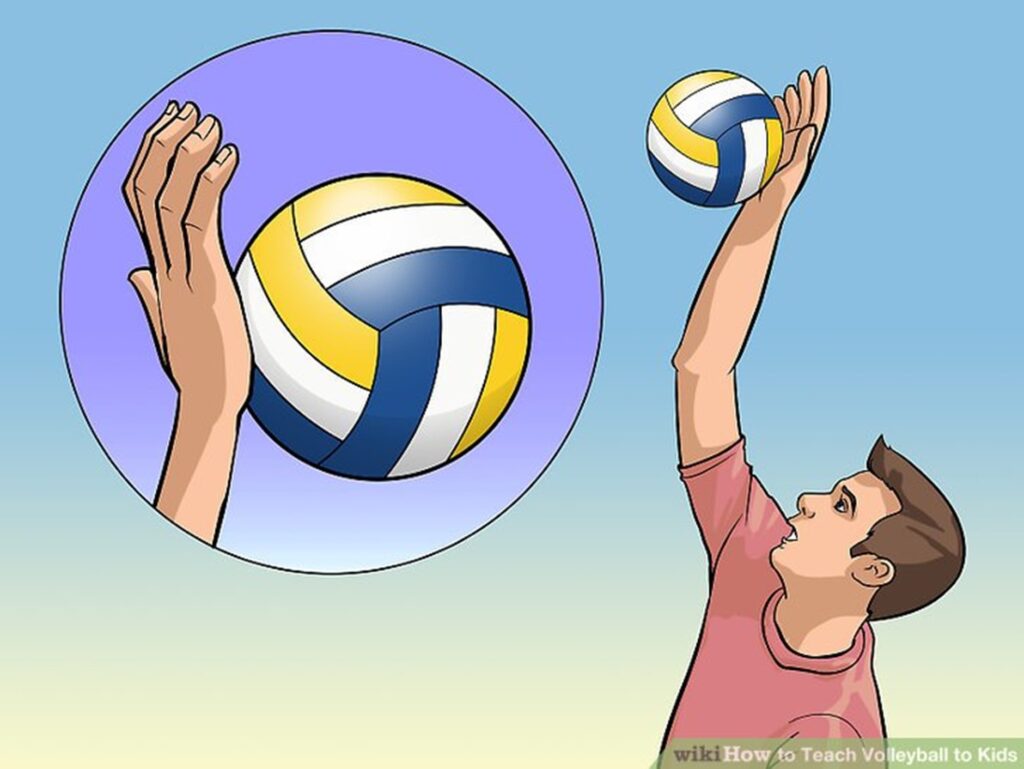
When you are learning the game of volleyball, it is important you start with some easier, beginner volleyball drills. These beginner volleyball drills are simplified to help teach you the basics of volleyball. They encourage good volleyball habits to build on as you continue to learn volleyball.
Simple Beginner Volleyball Drills
Passing, setting, spiking, and serving are the four volleyball basic skills everyone needs to know in order to be successful in the game of volleyball. When beginners are learning easy volleyball drills, it is a good idea to keep the beginner volleyball drills simple and easy to grasp.

While all of these beginner volleyball drills are great for beginner players to volleyball, that doesn’t necessarily mean they’re well suited for young ones. If you have children and youths that are looking to practice volleyball, you’ll want to read our comprehensive set of beginner volleyball drills for kids.
Triangle Drill
The Triangle volleyball drill is one of the best and easiest beginner volleyball drills. This drill helps beginners learn how to move to the volleyball with a side to side shuffle. In addition, it teaches players how to get to the volleyball and plant their feet so players can hit the ball back to their target.
- Create a triangle volleyball setup where two players will stand about 6-7 feet apart. Both players should face the third person, who is about 7 feet in front of them.
- The single person will shuffle from side to side until players are straight in front of each tosser. The tosser will give the player a good ball toss. The player is supposed to bump the ball back to them and then shuffle to the other ball tosser.
- To make this drill go fast, as soon as the first tosser catches the ball the other tosser should begin their ball toss. This presents an urgency for the ball hitting player. Players need to shuffle quickly to get under the ball and plant their feet in order to get a good pass back to the ball tosser.
- Make sure the player passing does not hold their arms up and in passing position as players shuffle. After each passing, their hands should disconnect and be brought closer to their body.
- Make sure players pull their elbows back against the sides of their bodies while passing. This ready positioning of the arms helps them move faster and be more agile as players shuffle and sprint across the court.
- There should not be any slowness to this drill. Players should be tossing the ball before the player gets in front of them. Each player should get 20 hits (10 from each tosser) before you switch players out.
- You can also set the tone by stating players should pass only and then the next round players should set only. Just make sure the players are giving the player good high tosses so players can get under them to set.
Passing beginner volleyball drills help teach players how to pass. These beginner volleyball drills also learn the small details of passing, such as:
- shuffling
- planting their feet
- keeping their bodies squared up to the target while passing

Serve Relay Drill
Another important skill to teach with drills is serving, which is why you need to focus on effective serving volleyball drills to practice, both during a serve, and subsequently afterwards.
The point of a serve relay is to get your players learning they have to move as soon as they serve. They can’t stand at the line, watching and missing out on an instant return play.
- Separate your players into two even teams. Have each team create a single file line on the serving line about 5-6 feet apart.
- The first players in the line will serve as soon as the whistle is blown.
- Immediately after players serve the ball, that player has to sprint to get their ball and run it back to the next person in line.
- If the player’s ball doesn’t go over the net or ends up out of bounds, players have to run back and serve it again. Players must do this before they can move onto the next person in the line.
- The team that gets through the relay first is the winner.
Beginner Volleyball Drills for Movement
Beginner volleyball drills should focus on core passing and setting skills. These fun volleyball drills will help your players start working on continuous movement while they are on the court.
Movement in volleyball is essential for a good outcome. Wearing the proper training clothing and investing in a high traction pair of volleyball shoes will help one player move freely and quickly on the court.
Practice movement through the following beginner volleyball drills:
Butterfly Drill
The butterfly drill is a great starting and stopping a controlled ball pass and player movement drill. Players will move across the court while learning to pass to the target setter as well as work on communicating to one another as they play.
This is also a great drill to get your team communicating since every position of this drill requires players to talk. Tossers need to say “ball up”, passers need to call the ball and the person in the setting position needs to yell “here” or “target.”
Talking is incredibly important in volleyball. Since the ball is in the air, most of the players are looking up at the ball, not at who is around them. Talking lets your team know who is where and who is going after the ball.
Net Dig Drill
Sometimes the ball goes into the net. It’s something that happens in middle school games, something that happens with high school players and teams, college leagues, and even in occasional friendly pick up games. When you are a beginner at volleyball, this is the time you need to start getting better acquainted with the net. Learn how to dig a volleyball that goes into the net.
- Have players get into a single file line at the ten foot line.
- The first player will step close to the net.
- The coach or a helper will toss the ball into the net.
- As the ball rebounds out of the net, the player will attempt to get low and dig the ball up into the air and back into play.
In order to create a successful dig out of the net, the players’ arms need to be lower than the net and in a sideways stance. Their arms should not be facing the net, but instead the side of the court.
You want to be able to pass the volleyball up high and back towards the middle of your side of the court. That way one player can pass or set it over as the final hit and score a point.
Beginner Volleyball Scrimmage Drills
Fun beginner volleyball games are usually based on scrimmage practice games. These drills will put players on the court in game-like situations.
These beginner volleyball drills are great for helping beginner players differentiate the 6 positions of volleyball. Also, beginner volleyball players will learn how the game is played with rotations and having two rows.
3 and Over Drill
Sometimes you need to bring it back to the basics when you are working on beginner volleyball drills. This allows you to give your players a simple base to build on as they are learning more about the game.
For this drill, you won’t be hitting the ball. Instead, let your beginner volleyball players know they need to catch the ball and then throw it one player to catch.
While this may seem a little too basic for volleyball, it is actually one of the best drills to start out with. Your beginner volleyball players will better understand moving to the ball, sending the ball to one player, and the three hit rule.
Coaches, make sure the players are calling the ball before they catch it. You can also look for holes in their positions and send the ball to a place where they will have to call and move to the ball.

Have the second toss go to the setter, who is also calling for it saying “here” or “target.” The final hit should go to an outside hitter position. They send it over to the opposite side of the court to their back row.
Passers vs Setters Drills
This is a great drill when you are looking for beginner volleyball lesson plans. It helps teach them how to be on the court, as well as reinforces how to pass and set.
For these beginner volleyball drills, you will line up 6 players on each side of the court in the standard place positions. On player on one side of the court will only pass the ball while one player on the other side will only set the ball.
It is important to incorporate beginners volleyball drills to practice setting. These help them realize the moving distance between passing and setting. With these setting beginner volleyball drills you will need to take an extra step towards the ball to keep it above your head instead of falling in front of you at the passing level.
Conclusion
Beginner volleyball games like these ones will help with teaching your players their way around the court. You will also be working with them to learn how to move to the ball better. When they are setting, they learn to take an extra step to be underneath the ball.
With these beginner volleyball drills, you can start with some sturdy skills to teach your players. These beginner volleyball drills can easily be build upon to make them more challenging as the volleyball season goes on. You can learn about more advanced high school beginner volleyball drills for your players as they learn more about the game and are ready for more complex volleyball drills.


